
These were often crocheted by someone in the family - grandmother or mother. Snow-white lace doilies were used for decorative purposes to cover cushions, neatly stacked one atop another, chests of drawers, coffee tables, television sets and other naked surfaces.
Such love for lace doilies is partly connected with the popularity of needlework in the USSR, with the hobby finding its practical application. In the case of a napkin covering the television set, there was also a practical, as it was thought, use: valuables were meticulously protected in every possible way. The cloth supposedly protected its external elements from dust and also covered the screen from direct sunlight, which was considered harmful for Soviet appliances and, in particular, could lead to the damage of the kinescope.
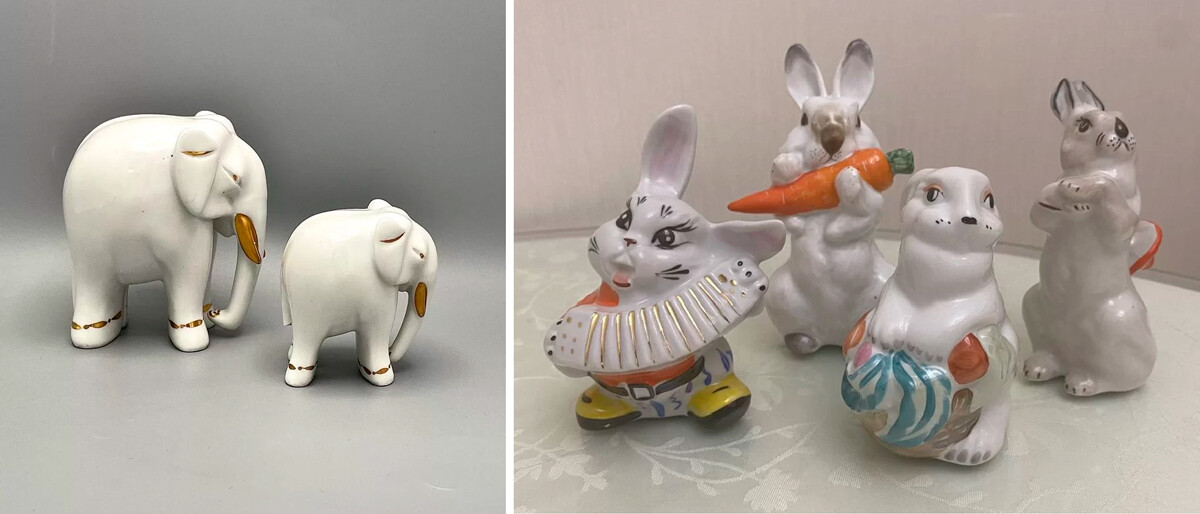
Porcelain was very popular in the USSR and did not necessarily have a utilitarian function. Porcelain ballerinas, shepherds with sheep, small animals, busts of political figures or a Soviet classic - seven elephants as a symbol of wealth and prosperity- all these cute porcelain trinkets could be found in most homes.
Russian porcelain did not gain its fame under the Soviet regime. It had been internationally renowned since the middle of the 18th century and was valued just as much as Chinese and European porcelain. When the communists came to power, the tsarist manufactories were nationalized and soon offered the world new proletarian designs.
The scale of the “porcelain fever” is accounted for by the number of manufacturers engaged in its production - there were more than 300 across the country. Almost every manufacturer had its own style and history. So, it does not come as a surprise that porcelain figurines were the most familiar and dearest decor for the Soviets.
The Soviets’ passion for good quality ornamental rugs on the floor and walls has long turned into a meme. But, for a Soviet person, this was an absolute must-have: without a carpet, an apartment or house could not be considered well-suited for living (seriously, it is hard to imagine a Soviet apartment without a single carpet).
Apart from the fact that bright rugs diversified the monotonous space of Soviet apartment blocks, they also fulfilled an important function, serving as noise and heat insulation not only for the floor, but also for the cold concrete walls.
Families with average incomes bought machine-made carpets, but, to buy hand-made items, they would typically have to travel to Turkmenistan, Azerbaijan or Armenia. Such purchases were considered a profitable investment and were passed down as heirlooms.
Soviet people believed that a prestigious cutlery speaks louder than words about the status of its owner. Of course, people did not have enough money for silver, but shiny and quite elegant melchior - a copper and nickel alloy - was to the taste of many. Articles made of this material looked quite courtly and were often copied from items used in tsarist times.
The only problem with melchior was that it quickly darkened, so the cutlery had to be regularly cleaned.
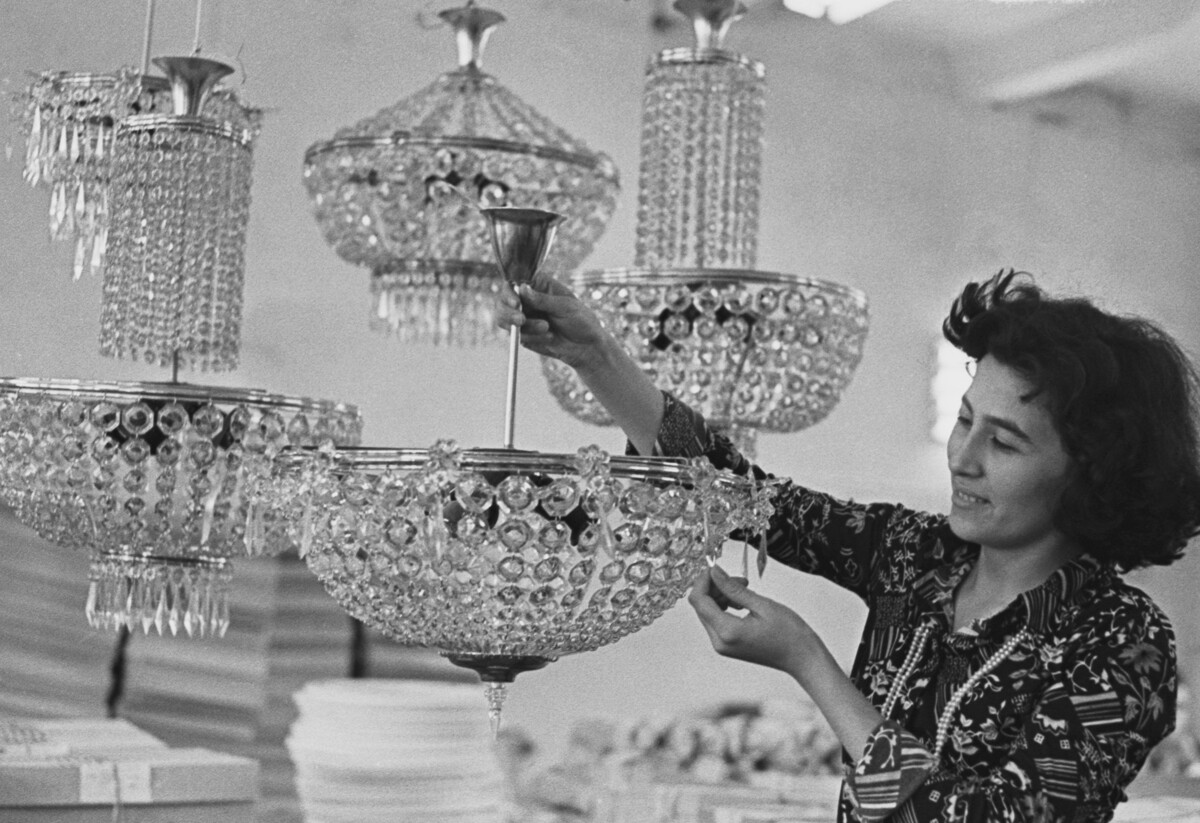
A crystal chandelier was a perfect accessory for every space (even for a one-room apartment) and was, of course, coveted by every Soviet citizen. The Soviets would pay a fortune to own a huge Czech “beauty” with crystal pendants. They would bring it back from business trips, sometimes with the purpose of reselling it.
But, such an expensive decor was not affordable to everyone. However, demand did not fade, which caused the Soviet industry to focus on making cascade chandeliers for average citizens not of crystal, but of transparent plastic. This is how hugely popular cascade chandeliers came about, symbolizing the fact that the Soviets lived no worse than kings.
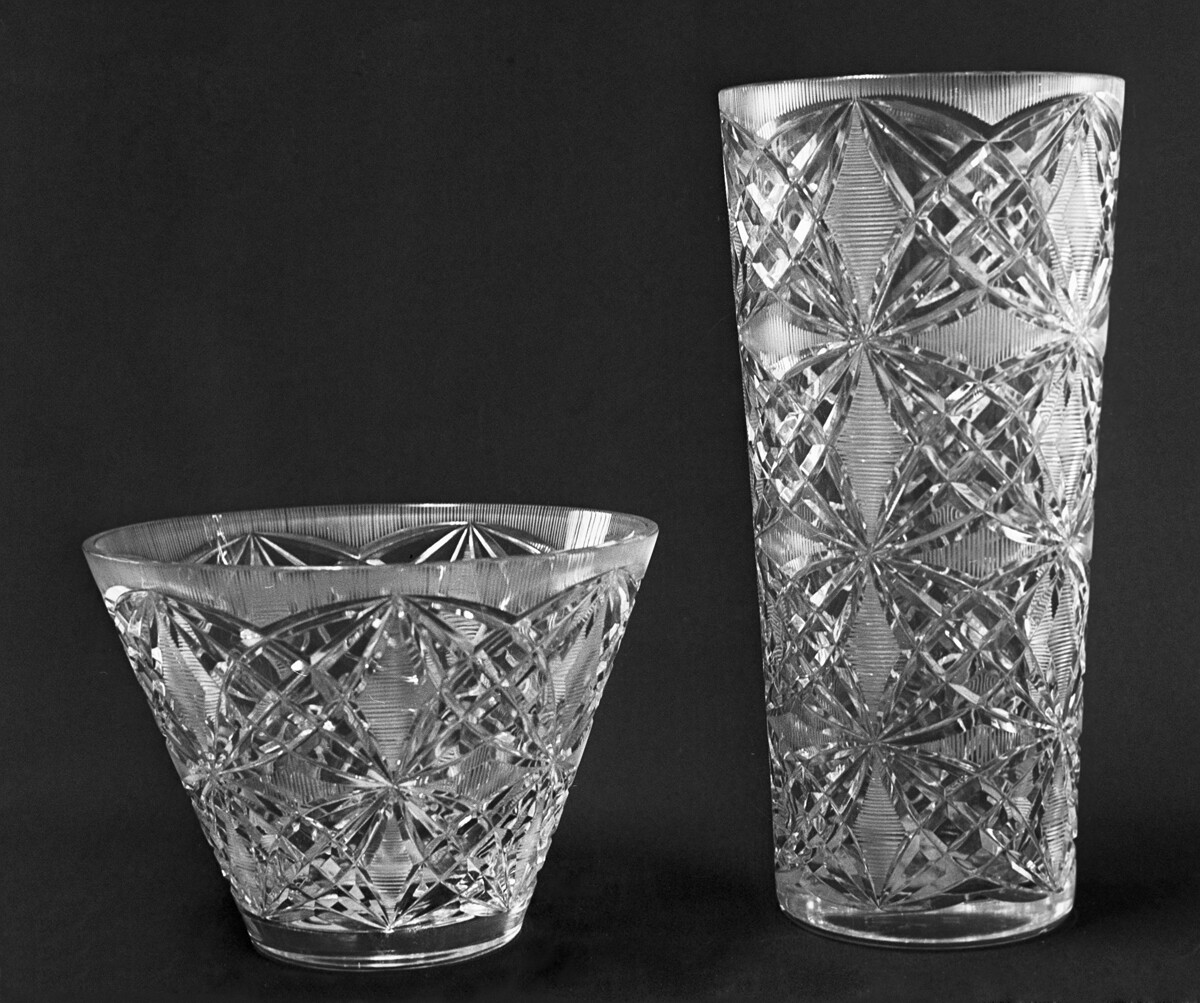
Heavy, with thick carved walls, well polished and glossy and, by all means, hidden behind the sideboard glass - a crystal vase was one of the most popular interior items in the USSR.
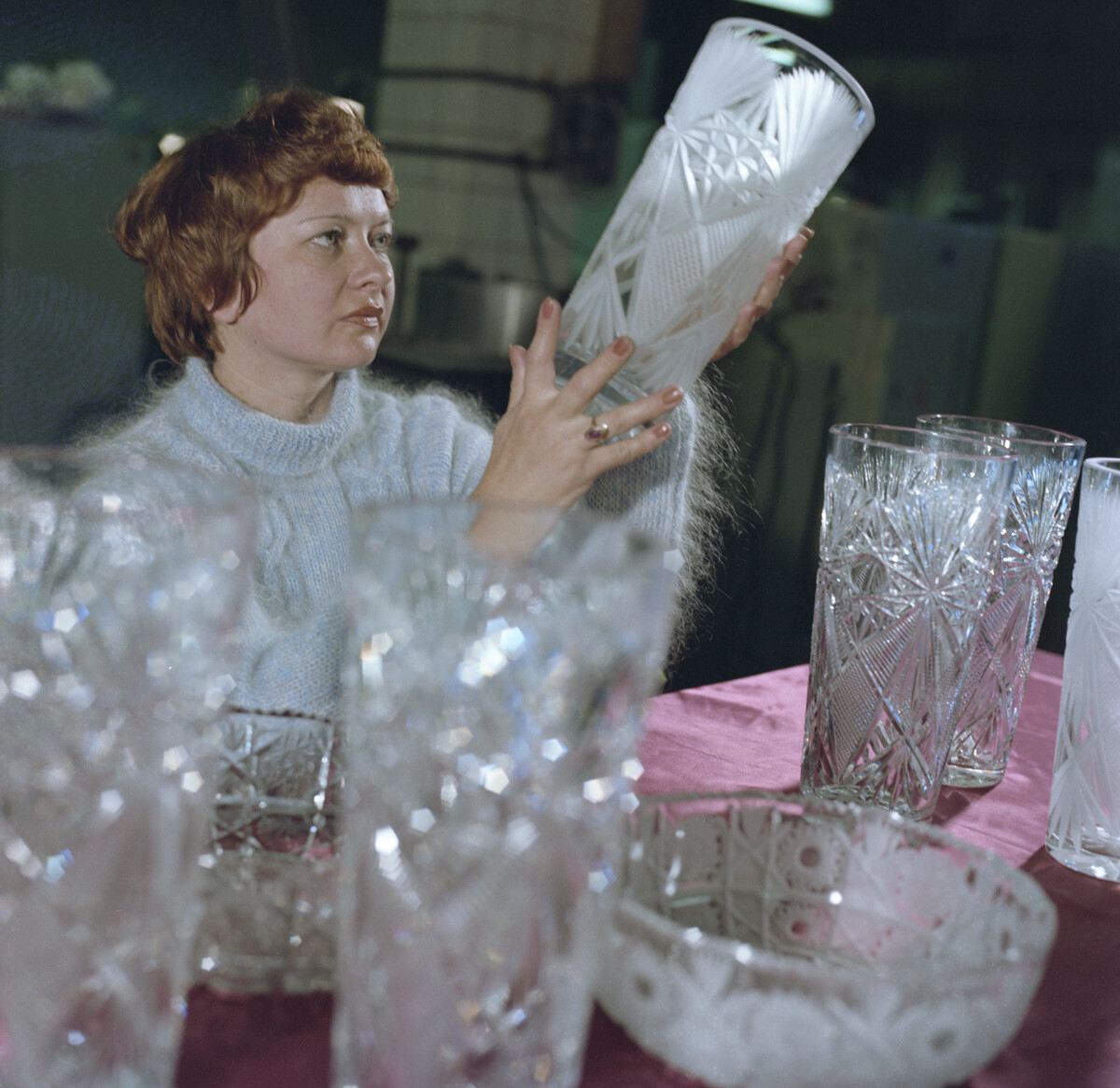
These massive vases were given as gifts on special occasions, such as weddings, anniversaries or retirement. Smaller vases, but most surely thick with a rich carved pattern, were a usual gift for school teachers from grateful parents or for a boss from his colleagues on his birthday.

A tapestry became a usual decorative element in Soviet apartments right after World War II. It was the trophy German items that initially came into Soviet homes. But, soon, those samples gave rise to local, Soviet production.
It is surprising that with all the variety of possible themes, only a few rather primitive ones were used in the tapestry production. The most popular were deer or bears in the woods (based on the well-known painting by Ivan Shishkin). The work ‘Wolves’ attack’ by Nikolai Sverchkov, a 19th century battle painter, and a reproduction of ‘The Three Bogatyrs’ by Viktor Vasnetsov were also no less popular.
Soviet people were quite well-versed in Russian art and could immediately identify the artist behind such paintings as ‘The rye’, ‘The girl with the peaches’ or ‘The horsewoman’. That’s because to have a copy of a painting from the Tretyakov Gallery on your wall was considered nothing but a good thing. They were even specially printed in quite a few magazines, from ‘Rabotnitsa’ to ‘Yuny Khudozhnik’.
Among the most widespread pieces are Shishkin’s ‘Morning in a pine forest’, Serov's ‘Girl with peaches’ and ‘Stranger’ by Ivan Kramskoy.
The German ‘Madonna’ porcelain tea set was the dream of every Soviet woman. Unlike Soviet porcelain, it boasted an important feature: it was painted in the Baroque style with gilding on the edges. The name of the tea set is, incidentally, vernacular: no Madonnas were depicted on the items. Most often they featured some mythological scenes.
They came in all shapes and sizes - table, coffee and tea sets, but, as a rule, they were not used for their intended purpose and were kept behind the sideboard glass, fulfilling just a decorative function. They were especially popular in the 1970s, when the German Democratic Republic saw a huge demand and moved to significantly raise its output.
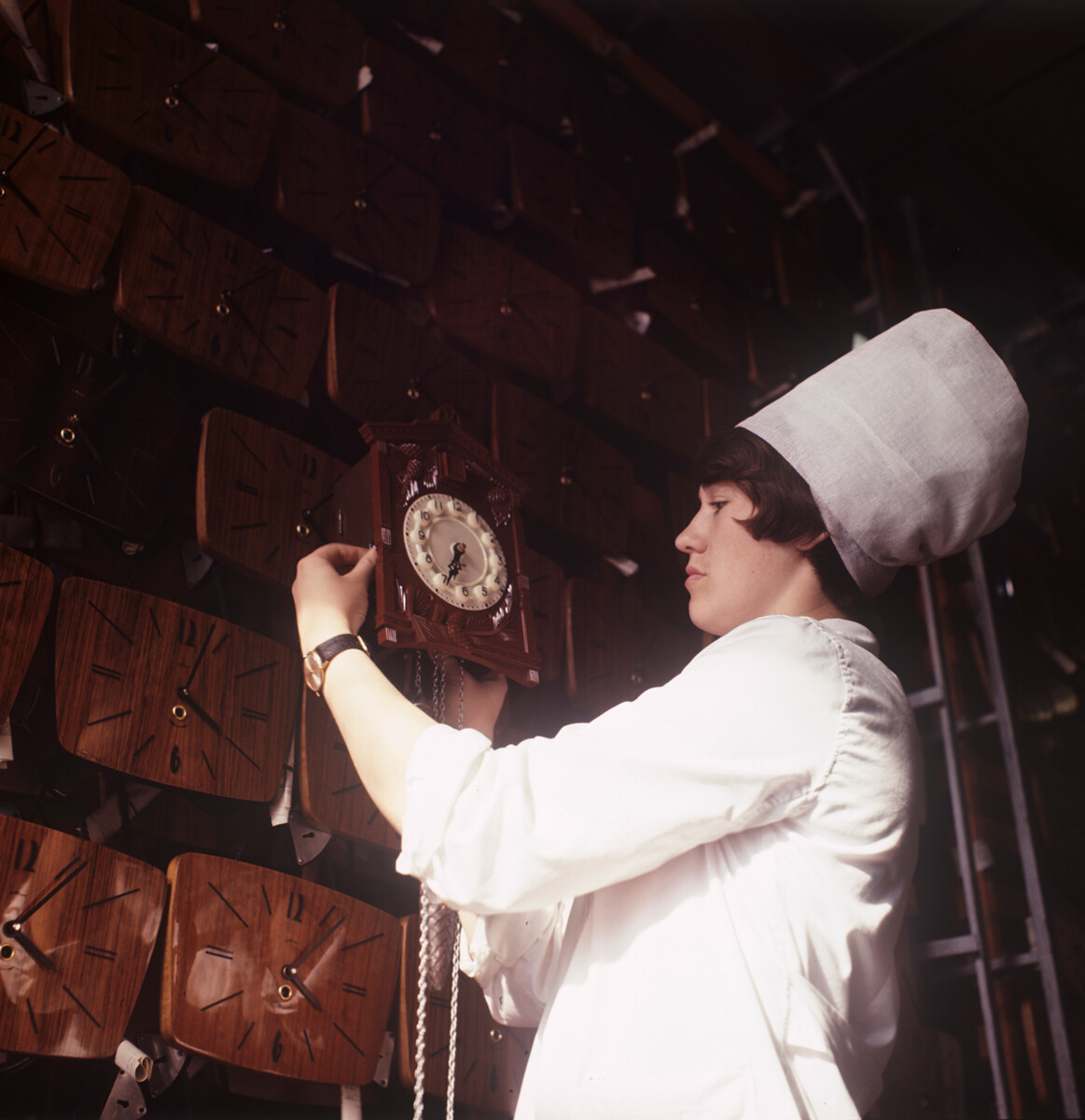
The USSR had its own cuckoo clocks, mainly produced by the ‘Mayak’ factory. Wall-mounted mechanical hut-shaped cuckoo clocks with a bird sticking out and cuckooing every hour were as much in short supply as any other decorative item in the country. Therefore, they caused a huge furore, both at home and abroad. Every year, more than a million Soviet clocks were exported to as many as 44 countries around the world.
If using any of Russia Beyond's content, partly or in full, always provide an active hyperlink to the original material.
Subscribe
to our newsletter!
Get the week's best stories straight to your inbox